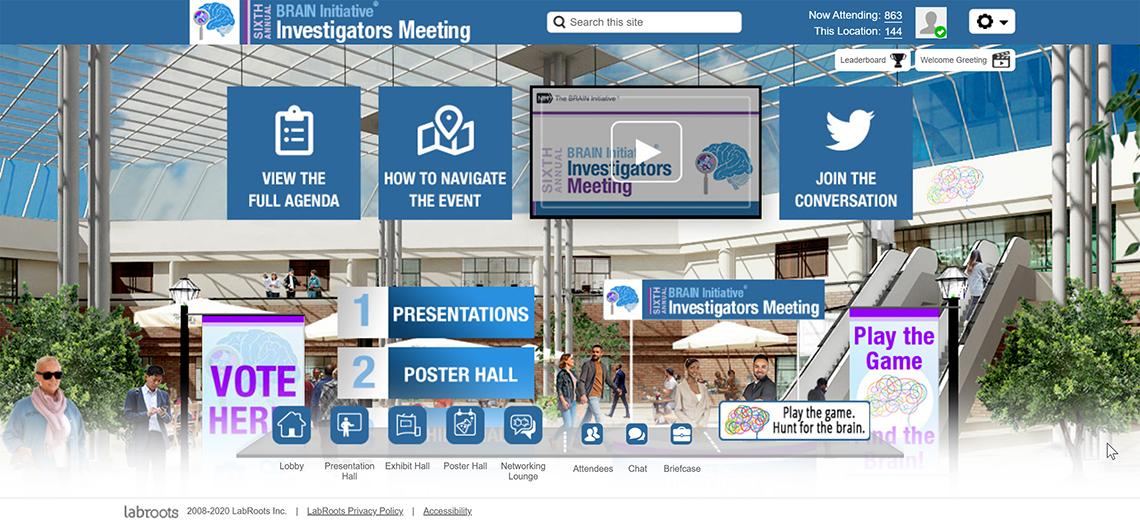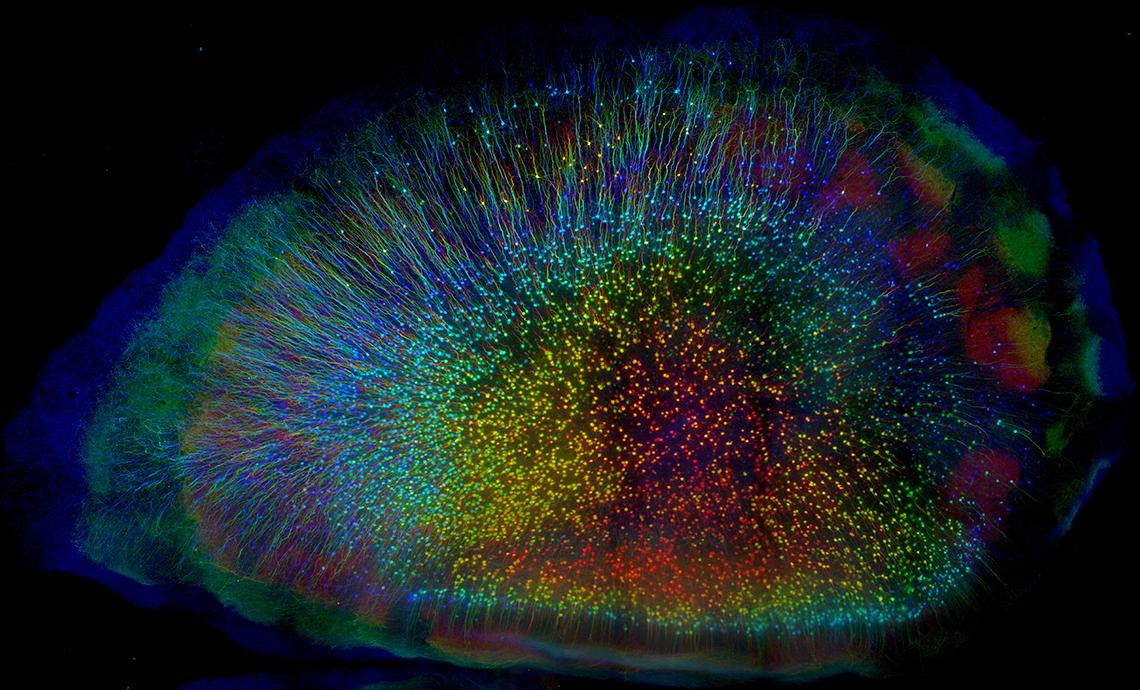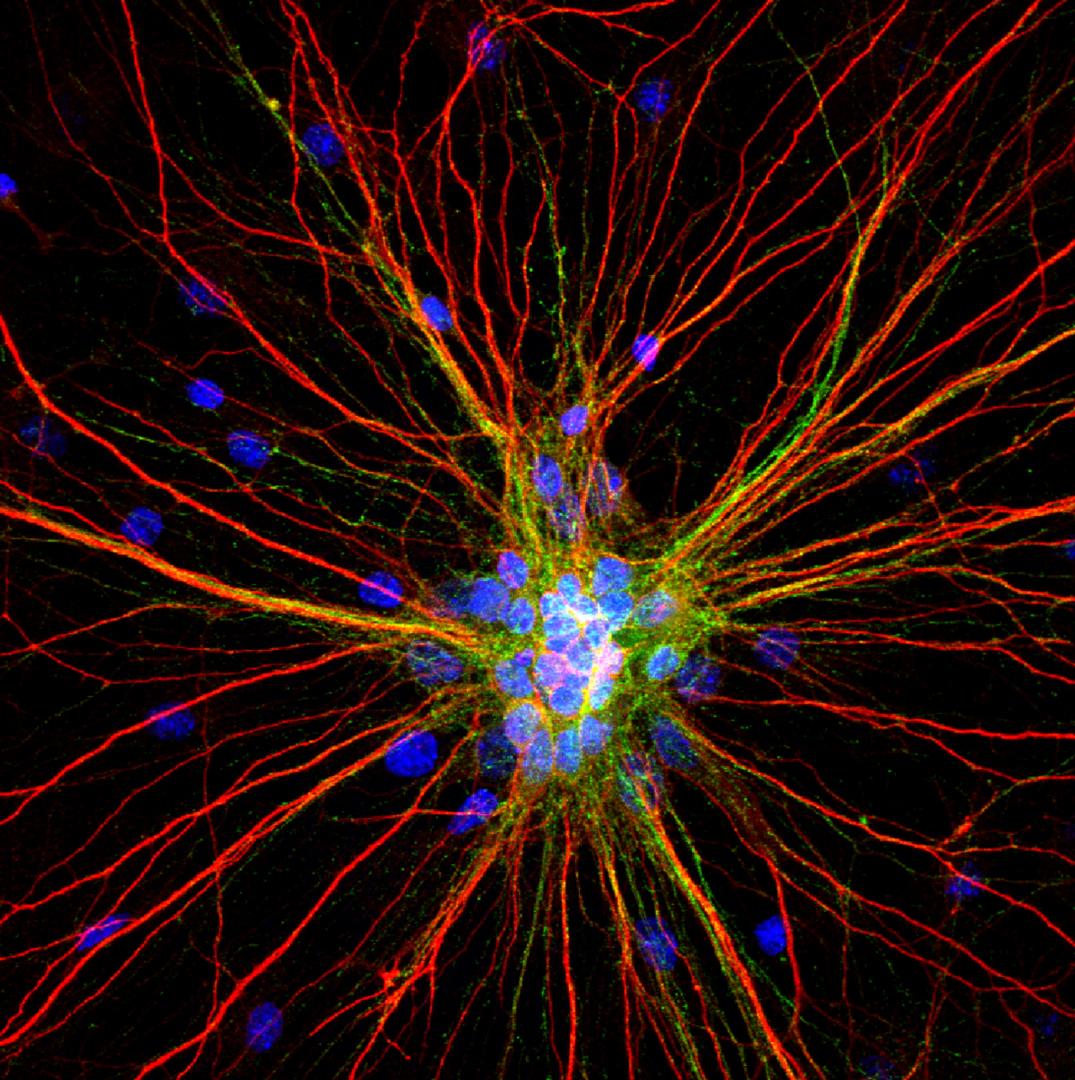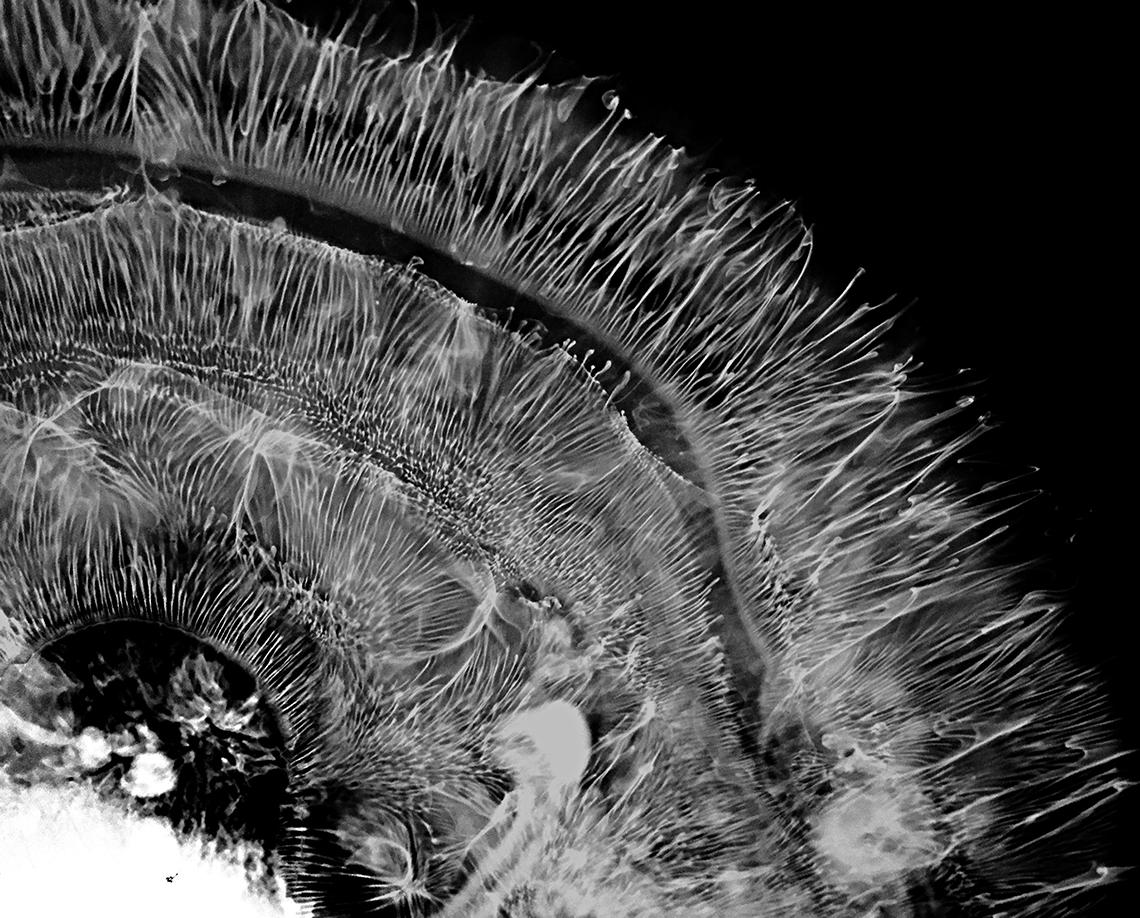BRAIN Initiative Scientists Connect Virtually at 6th Annual Meeting
Even the Covid-19 pandemic could not stop BRAIN Initiative scientists from connecting for their annual gathering this year. Instead of the usual in-person assembly, for the first time ever, the annual BRAIN Initiative investigators meeting took place as a 2-day virtual event, June 1-2.
Marking its sixth year, the meeting brought together the diverse groups supporting the U.S. BRAIN Initiative, including federally funded scientists, staff and leadership, as well as non-federal organizations, researchers interested in joining the BRAIN community and the public. The virtual conference was hosted on LabRoots—a scientific and educational social networking website—which provided an interactive forum for scientific discussions, plenary addresses and networking opportunities.

“Each year, I look forward to this meeting to learn about the great science being supported by the BRAIN Initiative, make new connections with other scientists in the field, meet with students, and, quite frankly, I just enjoy hanging out with my friends to talk about science and other things,” said newly appointed BRAIN Initiative director Dr. John Ngai. “The covid pandemic has deeply affected each of us as well as our communities and this has precluded us from having an in-person meeting this year. So while we work together to recover from this crisis, it is important for us to acknowledge and celebrate the many great discoveries that have been made over the last year and to imagine how we are going to use these discoveries to invent our scientific future.”
The meeting featured keynote lectures, trainee award highlight talks and symposium sessions covering various neuroscience topics—from electrode tool development and advances in neurotechnologies for human research, to model system diversity and connectomics capabilities. Also included was a neuroethics discussion on Covid-19 as well as workshops on narrative methods in science communication and correcting miscommunication and using social media to promote BRAIN science.
“The virtual forum brought together well over 4,000 BRAIN scientists, leadership and staff,” said Ngai. “It also welcomed the media and the public, making it truly an open space for sharing the latest tools and discoveries in neuroscience research.”
In fact, more than 4,400 people registered for this first-ever cyber BRAIN meeting. On the first day, there were 2,571 unique visitors to the meeting page, which was more than 58 percent of those registered and an impressive feat according to LabRoots. Even more noteworthy was that most visitors (1,870) stayed on the site for over 2 hours and viewed more than 47,000 pieces of content.
The virtual experience also managed to embrace many aspects of the in-person meetings. Attendees were able to interact with speakers via live moderated Q&A sessions and with one another via chat boxes. People participated in public group chats on subjects like neuroethics and team science in the networking lounge. They also visited the online poster halls featuring more than 400 abstracts and explored federal and non-federal exhibitor booths.
Posters, exhibit materials, broadcasts and resources are available free of charge on-demand through May 2021 at https://www.labroots.com/virtual-event/2020-6th-annual-brain-initiative-investigators-virtual-meeting.
Winners of the 2020 Show Us Your BRAINS! Photo and Video Contest were announced on the second day. The contest—which demonstrates the creativity of BRAIN scientists—showcased cool, eye-catching image submissions from anyone engaged in the initiative, regardless of discipline, career stage or funding source.
The meeting’s program committee helped select the top 12 images and videos, which were posted online for public voting in the days leading up to the event. The winning top 3 photos and top 3 videos were announced on June 2.
To view all the winning images, visit https://www.braininitiative.nih.gov/about/winners-2020-show-us-your-brain-contest.



